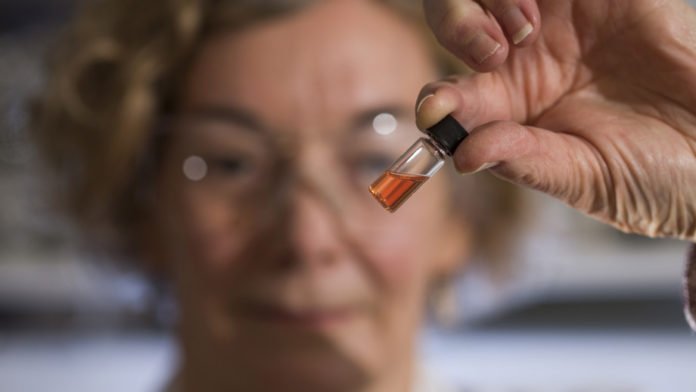Researchers from ANU and abroad have found the most seasoned colors in the geological record, 1.1 billion-year-old brilliant pink shades extricated from rocks deep beneath the Sahara desert in Africa.
Scientists picked the colors from marine black shales of the Taoudeni Basin in Mauritania, West Africa, were the greater part a billion years more established than past color revelations.
Dr. Nur Gueneli from ANU found the particles as a major aspect of her Ph.D. thinks about. She said, “The bright pink pigments are the sub-atomic fossils of chlorophyll that were delivered by antiquated photosynthetic living beings occupying an old sea that has since a long time ago vanished.”
The fossils range from blood red to deep purple in their concentrated form, and bright pink when diluted.
Scientists crushed the billion-year-old rocks to powder, before extracting and analyzing molecules of ancient organisms from them.
Dr. Gueneli said, “The precise analysis of the ancient pigments confirmed that tiny cyanobacteria dominated the base of the food chain in the oceans a billion years ago, which helps to explain why animals did not exist at the time.”
Senior lead researcher Associate Professor Jochen Brocks from ANU said that the emergence of large, active organisms was likely to have been restrained by a limited supply of larger food particles, such as algae.
“Algae, although still microscopic, are a thousand times larger in volume than cyanobacteria, and are a much richer food source,” said Dr. Brocks from the ANU Research School of Earth Sciences.
“The cyanobacterial oceans started to vanish about 650 million years ago when algae began to rapidly spread to provide the burst of energy needed for the evolution of complex ecosystems, where large animals, including humans, could thrive on Earth.”
The research is published in PNAS.
